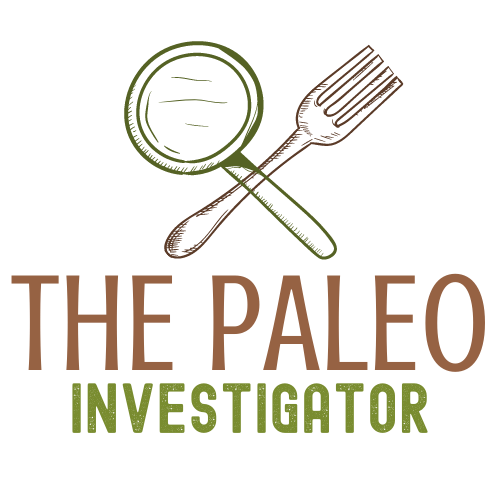Your body uses copper to form bone, red blood cells, connective tissues, and other enzymes. While copper is essential to your health, your body only requires small quantities. Dietary experts recommend adults get a minimum of 900 micrograms.
While you can get your copper intake from supplements, it is often best to choose food sources. There are at least seven foods that have adequate levels of copper.
1. Organ Meats
Organ meats are not on the top of many dieters' menus, but they present some of the most nutritious options. Liver contains several beneficial vitamins, including:
Vitamin A
Vitamins B12, B9 (folate), and B2 (riboflavin)
Iron
Choline
Additionally, one liver slice can provide 10.3 milligrams of copper, roughly 1,100% of your daily need. Unfortunately, liver is not known for its tase. You can improve the flavor by pan-frying it with onions or adding it to stews.
2. Shellfish
Shellfish is usually considered a delicacy, and some of it is a good source of copper. Oysters, for example, contain 7.6 milligrams per three and a half ounces, roughly 840% of daily needs. Lobster is another delicacy with excellent nutritional benefits. The shellfish contains more than 170% of your daily copper needs.
Many people stay away from shellfish because of its high cholesterol content. However, an average person should have no issue consuming shellfish.
3. Blue-Green Algae
Spirulina is an ancient Aztec supplement made from blue-green algae or cyanobacteria. It's a nutritious, powdered food. One tablespoon of spirulina contains:
4 grams of protein
25% RDI of B2
17% RDI of B1
11% RDI of iron
44% RDI of copper
Spirulina's taste is not for everyone. To mask the flavor, you can add it to smoothies, stock, or cereal.
4. Leafy Greens
Spinach, kale, and Swiss chard are among the healthiest leafy greens. Each vegetable contains calcium, magnesium, folate, fiber, and vitamin K. Additionally, the greens contain few calories and present few, if any, dietary risks. When it comes to copper, mixed greens can represent 33% of your nutritional needs.
5. Shiitake Mushrooms
If you enjoy East Asian cuisine, you are familiar with the umami flavor of shiitake mushrooms. A staple of Asian cooking, shiitake mushrooms pack a nutritious punch, including:
Fiber
Zinc
Manganese
Selenium
Folate
Vitamins B1, B5, and B6
Vitamin D
Additionally, 15 grams of shiitake mushroom make up 89% of copper's daily requirements. 15 grams equals about four dried mushrooms.
6. Seeds and Nuts
Every diet should contain a mixture of seeds and nuts. While all varieties of nuts and seeds are beneficial, some are better than others, such as:
Almonds
Cashews
Sesame seeds
Almonds contain about 33% of your copper needs, and cashews have about 67%. Sesame seeds contain about 44%.
7. Dark Chocolate
Dark chocolate is an excellent source of fiber, manganese, and iron. It is also linked to improved heart health. If you need another reason to enjoy the treat, consider that a serving is 200% of your daily copper needs.
Copper is a vital mineral. While your body doesn't need a lot of copper, it still needs it to function. To avoid deficiency, you should add a variety of copper-containing foods to your diet, such as those listed above.
